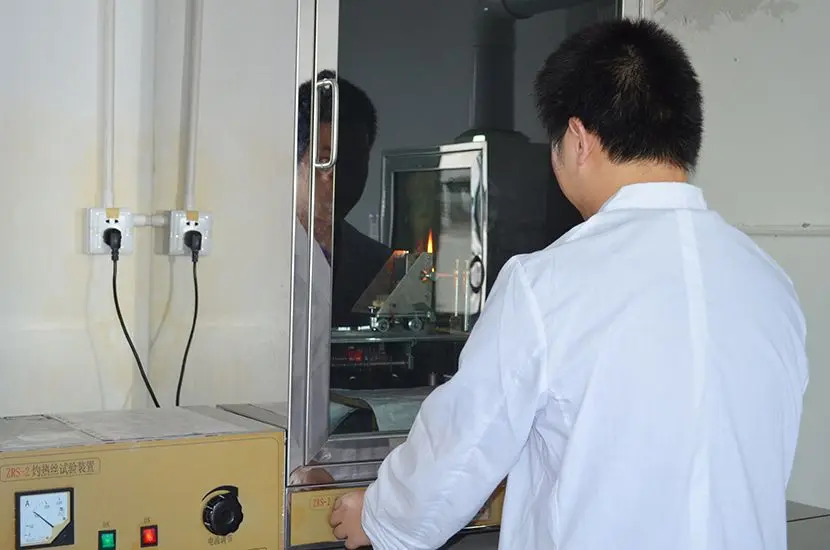
What is the GB 9254 Standard?
GB 9254 is a national standard of the People's Republic of China, formally known as "Measurement Methods and Limits of Radio Disturbance for Information Technology Equipment" (previously titled "Technical Requirements and Test Methods for Electromagnetic Compatibility of Electronic Equipment"). The standard primarily governs the measurement methods and limits of radio disturbances (electromagnetic emissions) from information technology equipment (such as personal computers, laptops, printers, copiers, scanners, and other office equipment). Its goal is to prevent these devices from emitting electromagnetic radiation that coULd interfere with surrounding radio communications.

Overview of the Standard
1. Purpose: Ensure the proper operation and mutual compatibility of electronic devices in electromagnetic environments, REDuce their interference with the surrounding environment, and protect the normal operation of other radio services.
2. Scope: The standard applies to a wide range of electronic products used in industries, research, medical fields, homes, and particularly to information technology and telecommunication terminal equipment.
Key Content
1. Electromagnetic Radiation Testing:
1.1 Specifies the frequency range, testing methods, and requirements for measuring electromagnetic radiation.
1.2 During testing, the equipment under test is placed at a specified distance, and measurements are conducted across a certain frequency range to assess if the electromagnetic emissions comply with the standard.
2. Electromagnetic Immunity Testing:
2.1 Specifies the frequency range, testing methods, and requirements for evaluating electromagnetic immunity.
2.2 The equipment is exposed to an electromagnetic radiation source and measured to determine its ability to resist interference within a given frequency range.
3. Test Items and Classification:
3.1 Includes testing for disturbance voltage and radiated electromagnetic interference.
3.2 Disturbance voltage testing focuses on whether the equipment’s electromagnetic interference voltage within a specified frequency range meets the standard limits.
3.3 Radiated electromagnetic disturbance testing evaluates whether the equipment’s emissions within a specified frequency range comply with the limits.
4. Evaluation Methods:
4.1 Specifies the methods for evaluating electromagnetic compatibility test results, classifying them as pass, fail, or borderline.
4.2 If the equipment meets the standard, it is rated as "pass"; otherwise, it is rated as "fail." Borderline results occur when the equipment’s performance falls near the pass threshold.
Standard Updates
As technology and electromagnetic compatibility requirements evolve, the gb 9254 standard is updated accordingly. For example, the GB/T 9254.1-2021 and GB/T 9254.2-2021 standards have been released, consolidating the technical content of older standards and incorporating multiple technical updates and extensions.
Significance of Implementation
The implementation of the GB 9254 standard is critical to ensuring the electromagnetic compatibility of electronic devices. By adhering to the requirements of the standard, manufacturers can effectively evaluate and verify the electromagnetic compatibility of their devices, providing a basis for production and quality control. This also ensures the devices operate correctly in electromagnetic environments and minimizes their interference with surrounding radio communications.
Email:hello@jjrlab.com
Write your message here and send it to us
 How to Test IP68 Rating
How to Test IP68 Rating
 Differences Between FDA and LFGB for Food Contact
Differences Between FDA and LFGB for Food Contact
 Process and Precautions for Amazon CPC Certificate
Process and Precautions for Amazon CPC Certificate
 E-mark Certification Testing Service Laboratory
E-mark Certification Testing Service Laboratory
 Amazon ISO/IEC 17025 UL Testing Service Laboratory
Amazon ISO/IEC 17025 UL Testing Service Laboratory
 How to get CE Certification for Lighting Products?
How to get CE Certification for Lighting Products?
 CE Certification Standards & Process for Elect
CE Certification Standards & Process for Elect
 Japan METI Registration & Japanese Agent Servi
Japan METI Registration & Japanese Agent Servi
Leave us a message
24-hour online customer service at any time to respond, so that you worry!




